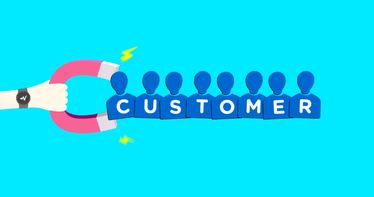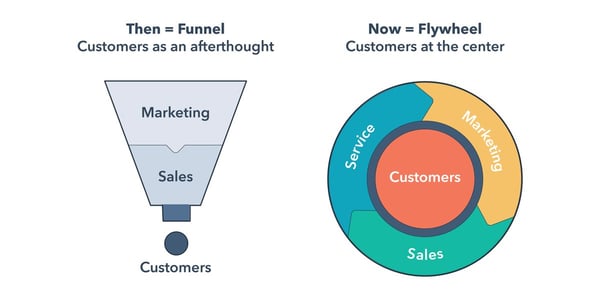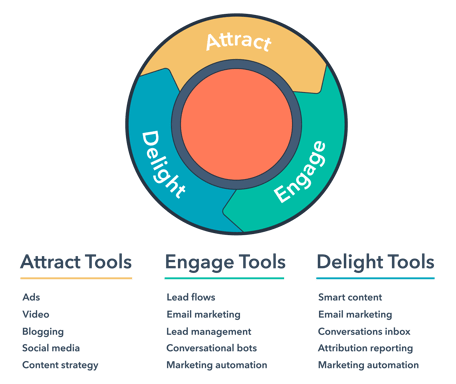Inbound is a way of doing business that is more customer and human-centric. The inbound methodology focuses on designing personalised interactions for customers that attract them to your business in an organic way, rather than you having to hunt them down.
Why inbound?

In today’s environment, consumers have more options than they've ever had before. Because of this, consumers have more power and choices in the market. You want to make sure that you’re attracting the right attention from the right customers. This is where inbound marketing comes in! With the inbound methodology, you can set yourself apart from your competitors by being there for your customers when they need you the most.
What is Inbound Marketing?
The inbound methodology is a tactic that is more about creating meaningful interactions with your customers than forcing them to pay attention to you. This methodology consists of three stages: attract, engage, and delight. Each stage works at establishing trust between you and your customers. As your customer moves through each stage, the value they are receiving from you increases. In turn this results in organic growth.
Traditionally, this process would be illustrated as a marketing funnel. Not anymore! There’s a new sheriff in town - the marketing flywheel.
Why the flywheel?
The funnel was a great tool, but because of its linear composure, it didn’t really encourage growth. Once you reach the end of a funnel, there’s no more momentum left to keep moving forward. That’s the important difference between the two. The flywheel being a circular process, encourages constant growth.

There are 3 stages that your customers will continuously cycle through:

- Attract - The attract stage is all about attracting the right people to your business at the right time, in the right place. At this stage, you’ll be using tools such as social media, blogs, and SEO to interact with potential customers.
- Engage - This is where marketing automation, email marketing, and conversational bots come in. At this stage, you want to nurture your customers and make sure they are getting all the information they need, when they need it.
- Delight - Your customers have needs even after they’ve purchased your product or service. Similar to the engage stage, the tools for delighting your customers are email marketing, marketing automation, and conversational bots.
Overall, the goal of an inbound marketing campaign is to attract potential customers to you by increasing brand awareness. While this can be a long process, following these simple tips will help you get on track to becoming an inbound business:
- Develop customer personas - take a step back and think about who your ideal customers are. Build out a profile for them based on their demographics, along with key characteristics that speak to who they are. Once you have an understanding of who are persona is, you'll have a better understanding of how to target your messaging towards them.
- Create content - whether you're selling a product or a service, it's a good idea to add a blog to your website. Blogging will bring organic visitors to your site. The content you publish doesn't have to be restricted to topics regarding your offerings explicitly. Think of this as a place to answer questions that potential customers may have about your products or services.
- Utilize SEO - SEO tactics will help you drive traffic and increase awareness organically. Publishing content is not enough on its own. SEO will allow you to have a better understanding of what type of content is the most attractive to your target customers.
Any questions? Please feel free to contact us for a free consultation meeting! :)
